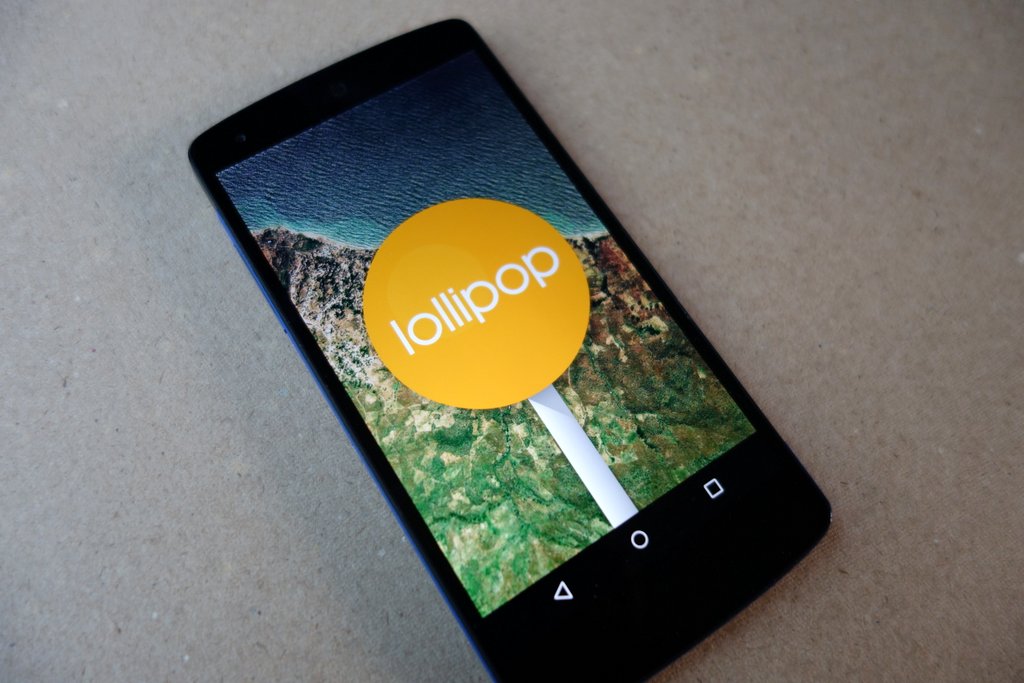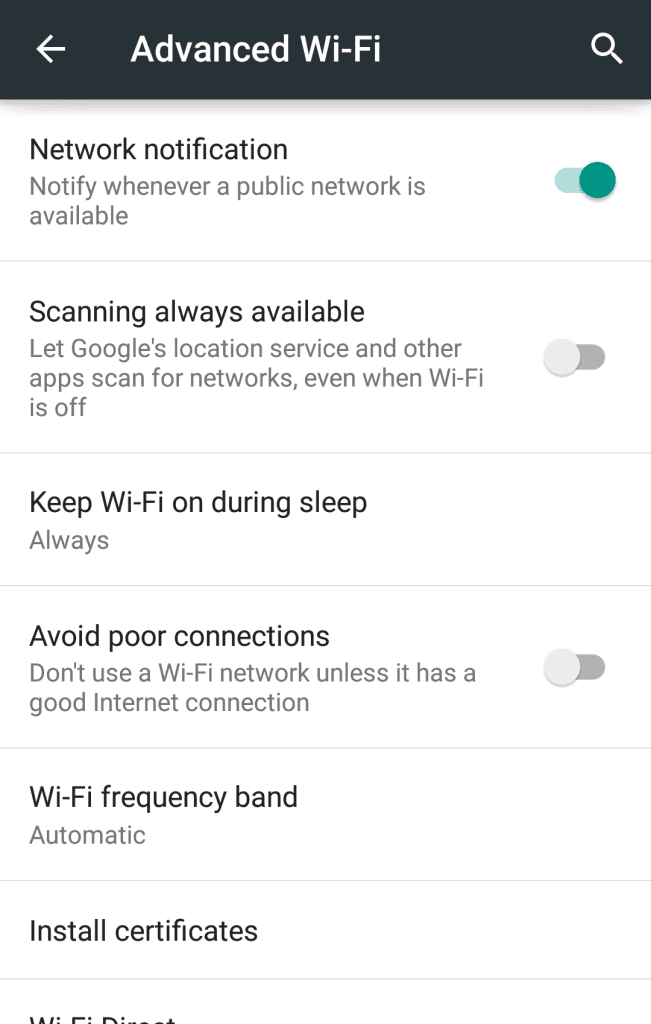Android 5.0 Lollipop is easily the biggest update that the OS has ever received since its inception. Google has not left a single nook and cranny of the OS untouched with its new Material Design UI guidelines, thereby giving the OS a polished look that Android users have yearned for since years.
Besides Lollipop, Android 5.0 comes with other major underlying changes for enhanced security and performance. However, all these new features and enhancements come at the price of stability and bugs.
Android 5.0 is easily the most buggiest release of the OS ever, and according to me, it introduced more bugs than it fixed the existing ones. Until Google rolls out Android 5.1 or 5.0.3 or just about any damn release to fix these bugs, we look at some temporary workarounds to some of the biggest issues that plague Lollipop currently.
Sluggishness and lag
Own a Nexus 6, Nexus 9 or any other high-end Android device running Lollipop and noticing lag and sluggishness after a couple of days? Blame a nasty memory leak in Android 5.0 for this.
While Lollipop brings Android on par with iOS in terms of UI and app performance, thanks largely due to a new runtime, the OS gets back to its old lagging ways after a few days because of the memory leak. Over time, the bug takes up all the RAM on your Android device, which heavily deteriorates its performance.
The solution? Restart your Android device once a day. Until Google rolls out an update to fix the memory leak, the only workaround is to restart your Android device once every 24 hours to make sure its performance does not deteriorate over time.
There are also certain areas of the UI where Lollipop feels less smooth compared to KitKat. This is likely because of poor optimization from Google, and one can only hope that Google fixes them with the next release of Android.
Poor battery life
When it announced Android 5.0 at I/O last year, Google boasted about Project Volta that would fix the battery woes plaguing most Android devices. However, thanks to a number of bugs in Lollipop, battery life on most Android devices have actually decreased after the update.
Sadly, there is no known solution for this problem. Different things have worked for different users, but one thing that has worked for almost everyone is a cumbersome factory reset. Somehow majority of users have reported an increase in battery life on their Android device once they did a factory reset on it after installing the Lollipop update.
For other users, a simple restart once every couple of days was enough to make sure that there was no abnormal battery drain on their handset. If you don’t want to do a factory reset, you can try uninstalling all the apps that have not been updated to support Lollipop, though your mileage may vary.
Also, if you have not already, you can try some of the usual tips and tricks to extract more battery life from your Android device.
The missing Silent mode
Google has given the notification system in Android 5.0 a major revamp and has provided users with greater control by allowing them to give notifications from certain apps, games or contacts priority over others. The side effect of this is that Google seems to have forgotten to include a Silent mode in Lollipop.
While it is possible to set your Android device to Vibrate only mode, there is no way to set completely silence all your notifications. A workaround to this problem is to use the Priority mode and then customise it to silence all your incoming notifications.
You can do this by going into Settings -> Sound & notification -> Interruptions and then toggling Priority Interruptions off for Events and reminders, Calls and Messages.
Next time you want to silence all your incoming notifications, simply switch to Priority mode.
Also, check out this video from Motorola that does a great job of explaining the new notification system in Lollipop.
http://youtu.be/GRsCUUW1SrE
Read: How to restore Silent mode on Android 5.0 Lollipop
Wi-Fi issues
Every Android update has brought with it some Wi-Fi related issues and Lollipop is no different. Many Nexus 4 and Nexus 5 owners have been reporting various Wi-Fi issues with their device after updating it to Lollipop. This includes the inability to connect to a particular Wi-Fi network and some Wi-Fi networks not showing up on the handsets at all.
One solution that has worked for many users is changing the Wi-Fi frequency on their handset. This can be done by into Settings -> Wi-Fi, tapping the 3-dot menu button on the top-right followed by Advanced and then changing the Wi-Fi frequency band from automatic to 2.4 or 5GHz.
If you still cannot connect to a particular Wi-Fi network, the only other option you have now is to reset your Wi-Fi router.
Video playback issues
Many Nexus 7 owners have been unable to playback videos on YouTube ever since they installed the Lollipop update on their device. The issues also sometimes seems to affect the playback of local video files. Like all other issues in this article, there is no permanent way to fix this problem, but a few temporary solutions do exist.
The first one requires users to switch to an experimental video player in Android. To do this, they will need to enable Developer Options first by tapping on ‘Build Number’ 7 times from Settings -> About Phone. Then they need to enable the Use NuPlayer (experimental) option from Developer Options.
If this does not work for you, clear the data of the YouTube app by going into Settings -> Apps, tapping on YouTube and selecting then selecting the Clear Data option.
The solution to all the problems in the list mentioned above are temporary in nature. While certain issues can be fixed by rooting and using various Xposed modules, others will remain until Google rolls out a bug-fixing version of Android to fix them. Thankfully, rumors have indicated that Google plans on rolling out Android 5.1 sometime in March. In fact, the OS is already pre-installed in Android One devices sold in Philippines.
What are your other major issues with Lollipop? Have you been able to find a workaround to them? Drop in a comment and do let us know.




















